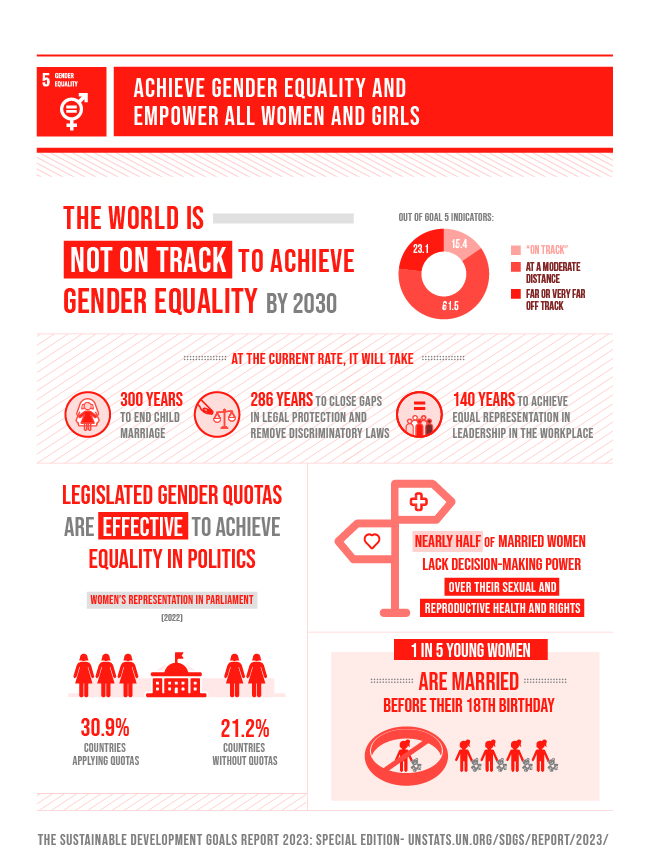The Gender Transformative Approach to Contraception
Sep 25th, 2024 | By admin | Category: Family PlanningBy Joshua Mirondo.
Uganda has one of the most youthful populations in the world, with slightly more than half of its population under age 15. The total population of Uganda in 2024 is 45.9 million people, which represents an increase of 11.3 million persons from the 2014 census. Addressing the reproductive health needs of youth here and in all countries is paramount to a thriving society.
A country’s census of health can reveal how adequately governments are helping its citizens access reproductive health services.
The Uganda Demographic Health Survey 2022 showed an increase in the contraceptive prevalence rate (CPR) from 35% in 2016 to 38% in 2022 for married women.
The CPR is the percentage of women of reproductive age who are using or whose partner is using a contraceptive method. It’s a key indicator of health, population, and development, and is used to measure access to reproductive health services. In 2022, the global contraceptive prevalence was estimated at 65% for any method and 58.7% for modern methods.
This demographic shift will require careful planning and resource allocation to ensure a prosperous future. This means that about 39.5% of married women in Uganda were using modern contraceptive methods.
This burden falls disproportionately on women in peri-urban and rural communities in Uganda with more than half of the women and girls having an unmet need for contraception. A lack of access to quality contraception counselling and supplies has far-reaching implications for women and girls’ health and rights, including the right to gynaecological health. Women who want to avoid pregnancy, but are not using an effective method of contraception, account for a large majority of unplanned pregnancies. In Uganda, 44 percent of pregnancies are unplanned.
There is not much variation in levels of unmet need for family planning across women’s age groups. One-third of adolescents (15-19)—and women ages 40-44—have an unmet need, compared to about 36% of women between the ages of 20 and 39. Women ages 45-49 have the lowest level of unmet need (24%).
To ensure that women and men have access to a full range of contraceptive methods (short-term, long-term, and permanent) to satisfy their reproductive needs at different life stages, there is a need in recognizing reproductive transitions as an important step toward satisfying the family planning needs of the nation. Ultimately, this goal calls for renewed efforts to address women’s and men’s needs at different stages of their reproductive lives, and to tailor family planning services to better meet life’s changing circumstances. Access to contraceptives programs in Uganda should also plan a response for the substantial proportions of women who are not using a method and who do not intend to use a method in the future due to the fear of side effects or opposition from a husband or partner.
Recently a Ugandan man mentioned to the local Marie Stopes outreach teams that by the age of 40, he already had 10 children with 9 different women, including a set of twins. Realising the unsustainable nature of his lifestyle, he decided to undergo a vasectomy in 2020 after hearing the message from the Marie Stopes team who were moving around with megaphones.
If the world is to meet the UN’s 2030 Agenda for Sustainable Development, we shouldn’t leave any man behind.
We do not need to reinvent the wheel – there are already existing programmes and policies on access to contraceptives. We can identify opportunities to strengthen and align use of contraceptives instead of creating new structures. NGOs and community-based organizations can collaborate with government entities like the Ministry of Health, Ministry of Gender Labor and Social Development and Ministry of Education to align the policies and appropriate resources.
Some of the low hanging fruit we can tap into are the Sustainable Development Goals, which includes the goal of gender equality and empowering women and girls.
Contraceptives enable women and adolescent girls to exercise their right to decide whether to be pregnant, the number and spacing of their children and to have pleasurable and safe sexual experiences without the risk of unintended pregnancies. Contraception also improves the socioeconomic opportunities for women and opens up more educational opportunities for adolescent girls.
In my opinion, men cannot be overlooked either when it comes to reproductive health and rights. When men are involved in family planning, it can make a difference for everyone. Because access to contraceptives can make a significant contribution to the empowerment of women and achievement of universal health coverage.
Joshua Mirondo is a program associate with Transition Earth, based in Uganda.

![[photo: Reproductive Health Supplies Coalition, Unsplash]](http://populationgrowth.org/wp-content/uploads/2024/09/reproductive-health-supplies-coalition-QUORKeIiPJg-unsplash-300x225.jpg)
